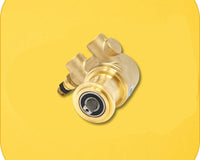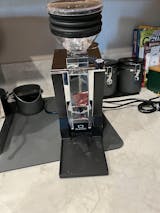Blog
-
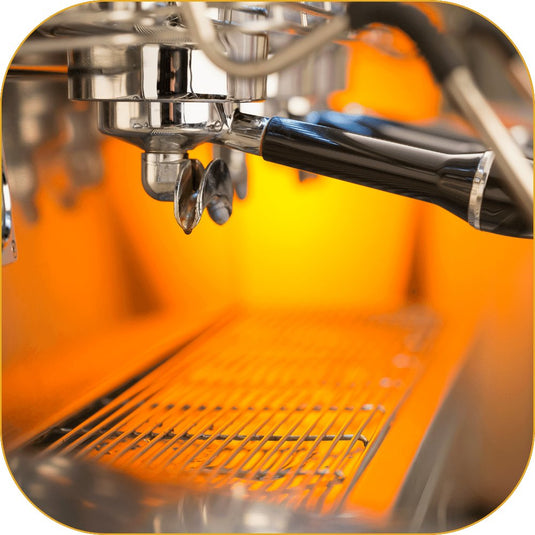
Types of Espresso Machine Groupheads
At its core, the grouphead is the gateway through which water is forced at high pressure through finely ground coffee, extracting the rich flavors and aromas that define espresso. It's the point of contact between the espresso machine and the coffee grounds, where the magic happens.
-

Vibratory Pumps vs. Rotary Pumps
When it comes to espresso machines, the type of pump used can have a significant impact on the quality of your coffee. Two common types of pumps used in espresso machines are vibratory pumps and rotary pumps. In this article, we'll explore the differences between these two pump types and help you understand which one might be the best fit for your espresso machine. -
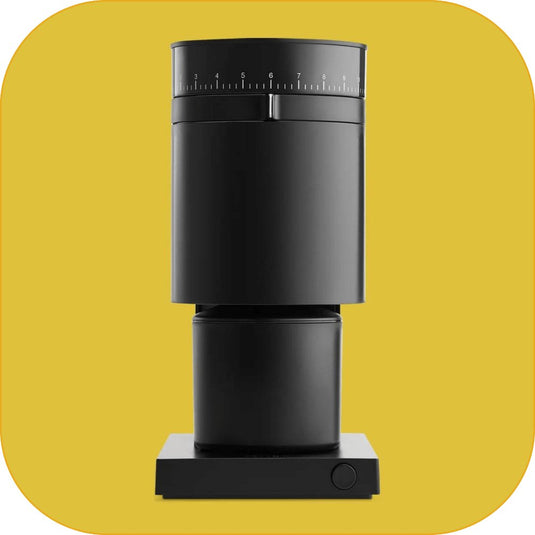
Stepped vs Stepless Coffee Grinders
If you’re an avid coffee enthusiast, you know that the grind of your coffee beans plays a critical role in the taste and quality of your cup of coffee. When choosing a coffee grinder, one of the key considerations is whether to go with a stepped or stepless grinder. In this article, we’ll take a closer look at the differences between the two types of grinders and help you decide which one is right for you. -
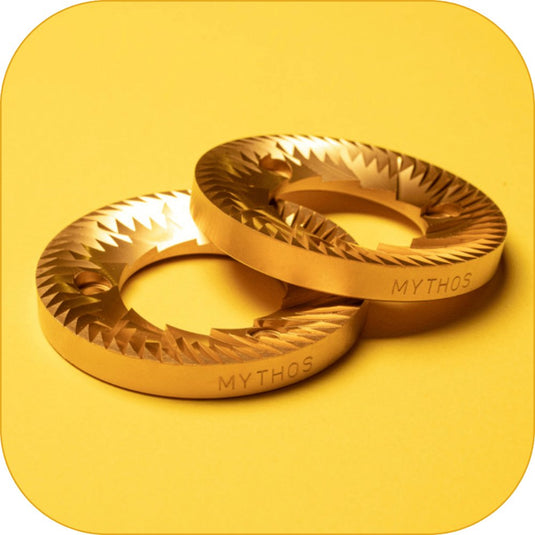
Flat vs Conical Burrs
Espresso brewing is a complex process that requires precise and consistent grind size. The right grind size can make the difference between a bland and bitter cup of coffee and a rich and delicious one. Two common types of burrs are flat and conical. In this article, we’ll explore the differences between flat and conical burrs and their impact on coffee brewing.
-
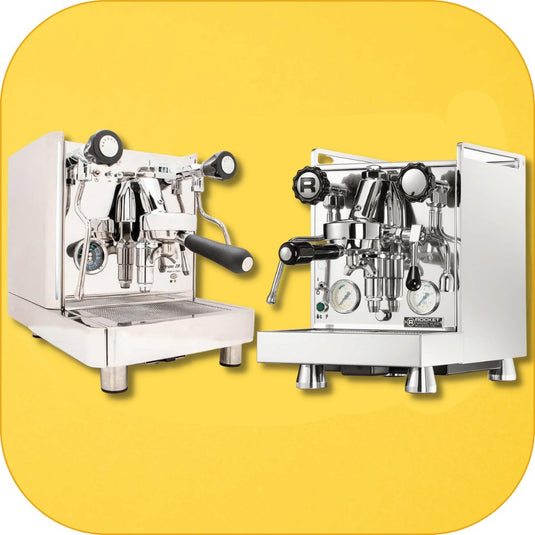
Dual Boiler vs Heat Exchanger
Espresso machines aren’t just for espresso. They’re also for making steam, and lots of it. Sure, espresso is a great drink by itself, but it is the lattes and the cappuccinos that really conquered the world. And making quality dry steam isn’t an easy feat. -

What Type of Espresso Machine is Right For You?
For us coffee lovers, it can be hard sometimes to tell which type of machine is better for us. And because of the rapid advances in technology recently, it has become even more difficult to tell them apart, or to know what kind of features we can expect depending on the type.

